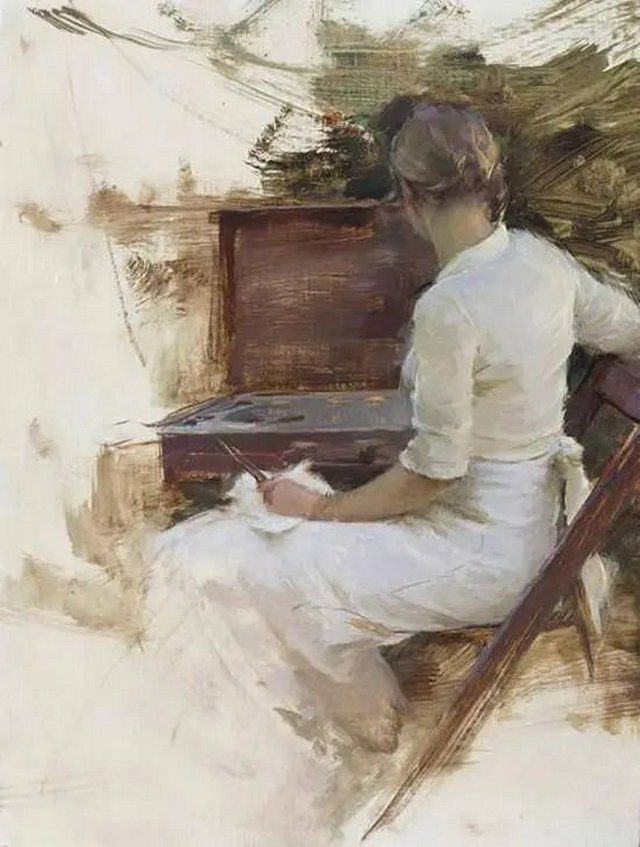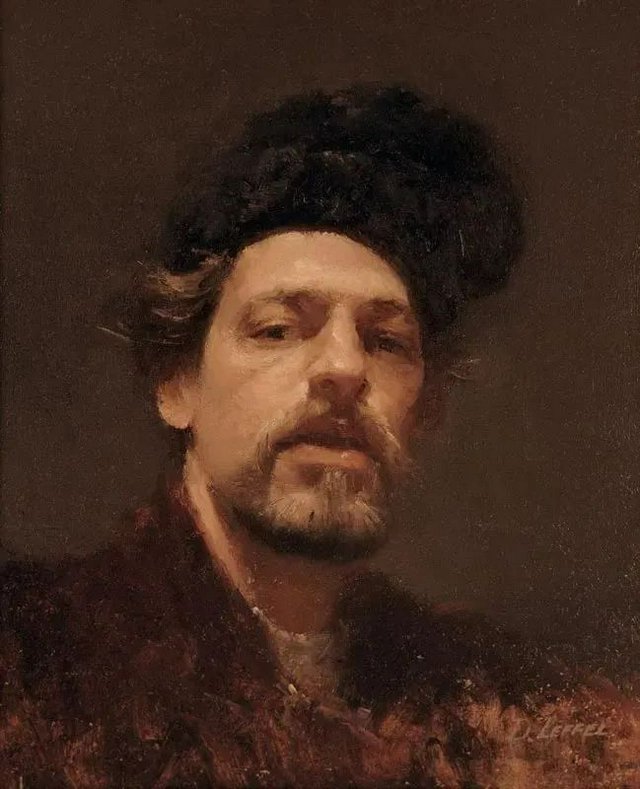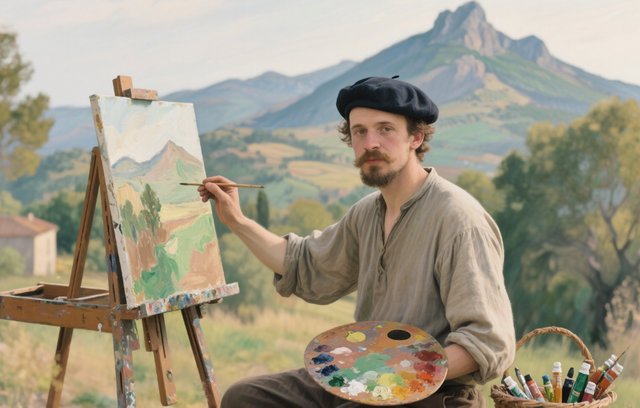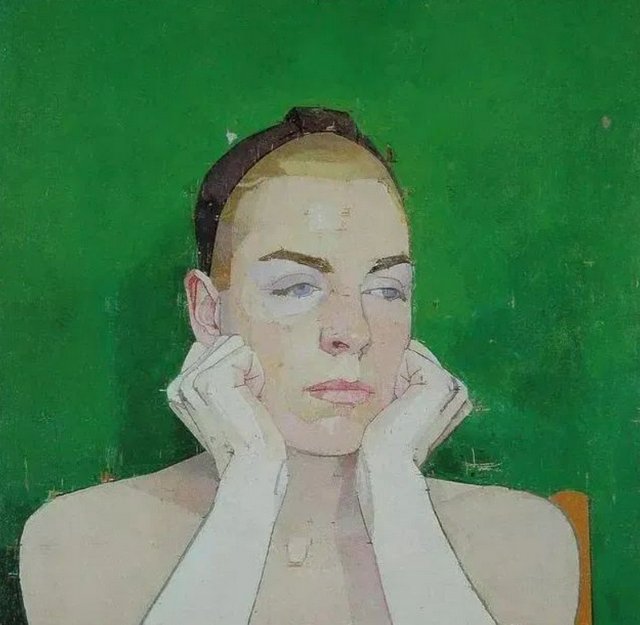Leonardo da Vinci: The Genius Who Redefined Oil Painting – His Life, Secrets & Legacy
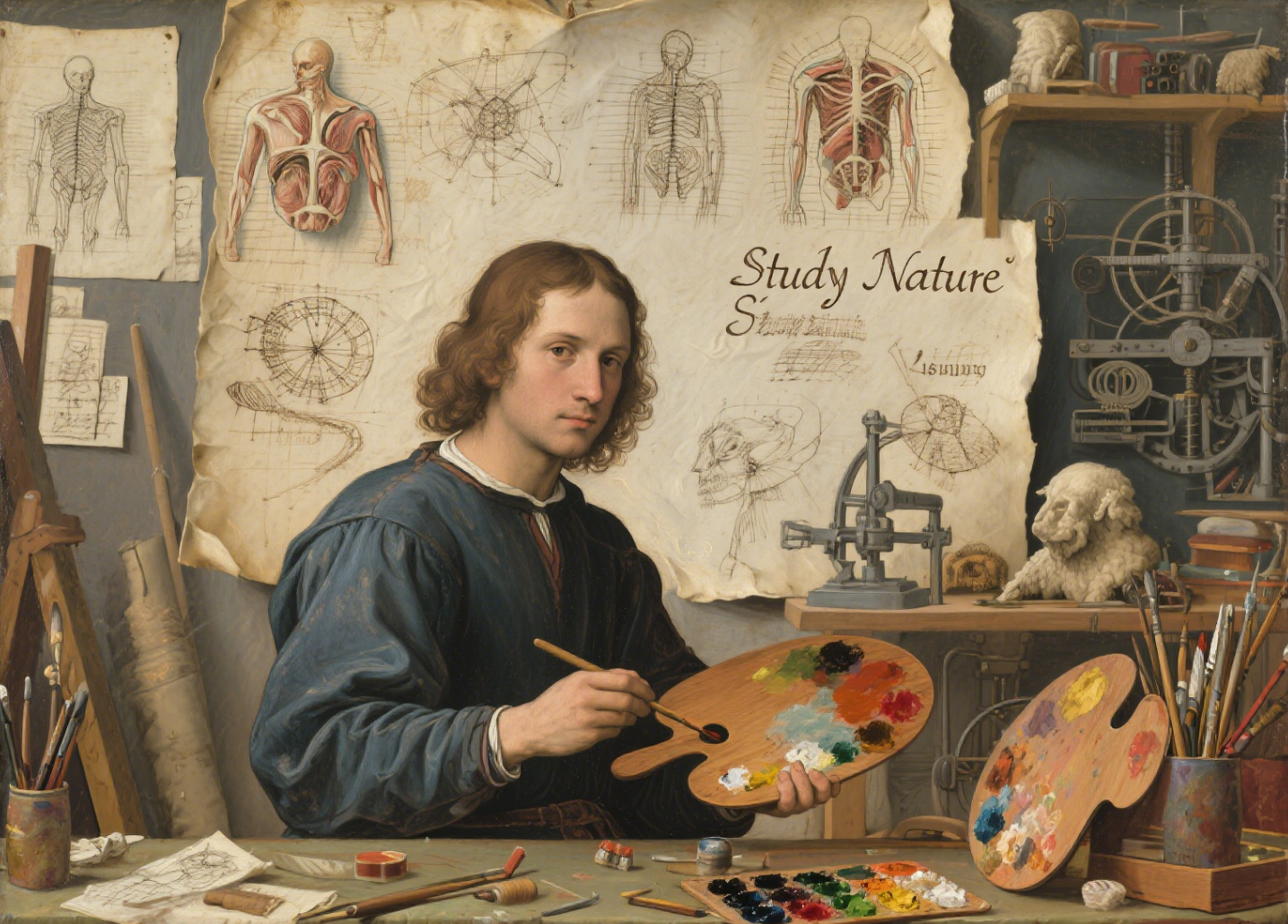
Leonardo da Vinci isn’t just a name in art history—he’s a symbol of human curiosity. Born in 1452 in Vinci, Italy, this illegitimate son of a notary would go on to redefine what Oil painting could achieve. His life was a mix of art, science, and relentless experimentation, making him the ultimate role model for Artists seeking to blend skill with innovation.
Early Years: A Curious Mind Takes Shape
Leonardo’s artistic journey began at 14, when he became an apprentice to Andrea del Verrocchio, a leading artist in Florence. In Verrocchio’s workshop, he mastered basics like drawing, sculpting, and mixing paints. But even then, he stood out. Legend says Verrocchio was so impressed by Leonardo’s work on The Baptism of Christ that he never painted again—admitting his student had surpassed him.
By his 20s, Leonardo was a certified master artist. Yet he rarely finished projects, often distracted by new ideas: sketching flying machines, studying anatomy, or experimenting with oil paint formulas. This restlessness wasn’t a flaw; it fueled his art. He believed understanding science—how light bends, how muscles move—was key to creating realistic, emotional paintings.
Revolutionizing Oil Painting: The “sfumato” Secret
Leonardo didn’t invent oil painting, but he transformed it. Before him, artists used thick, opaque layers. Leonardo developed sfumato (Italian for “smoky”), a technique where colors blend so softly they look like smoke, with no harsh lines. This is why the Mona Lisa’s smile seems to change—her lips and cheeks merge gently, mimicking how the human eye sees real faces.
He also experimented with glazes: thin, transparent layers of oil paint applied over dried layers. For The Last Supper, he mixed oil with tempera to make the colors pop, though time would reveal flaws in this bold choice (the work began deteriorating within decades). Still, his willingness to take risks set a new standard for artistic courage.
Iconic Works: More Than Just Masterpieces
Leonardo’s paintings are milestones in oil painting history. Here’s why three stand out:
| Work | Year | Innovation Used | Why It Matters |
|---|---|---|---|
| The Virgin of the Rocks | 1483–1486 | Subtle color transitions | Showed how oil could create depth in landscapes. |
| Mona Lisa | 1503–1519 | Sfumato and layered glazes | Defined realistic portraiture for centuries. |
| The Last Supper | 1495–1498 | Experimental oil-tempera mix | Pushed boundaries of mural painting. |
The Mona Lisa remains his most famous work, not just for her smile, but for its technical brilliance. Leonardo spent years refining it, adding up to 30 layers of glaze to her skin, each thinner than a human hair. This patience—uncommon in his time—proved that great art takes time.
Practical Lessons: Channel Leonardo in Your Studio
Want to paint like Leonardo? Start with these tips:
Study nature first: Leonardo sketched plants, animals, and even water ripples to understand their forms. Spend 10 minutes daily drawing a leaf or a puddle—you’ll notice details that make your paintings realistic.
Master sfumato: Mix a small amount of white into your color, then apply it with a dry brush, blending edges. Practice on a portrait: soften the line between the nose and cheek until it’s almost invisible.
Layer glazes: Paint a base layer in burnt sienna, let it dry, then add a thin glaze of ultramarine blue. This “underpainting” technique adds depth, just like Leonardo did.
Legacy: Why Leonardo Still Matters
Leonardo died in 1519, but his influence grows stronger. He taught artists that oil painting isn’t just about putting color on canvas—it’s about understanding the world. His notebooks, filled with 13,000 pages of sketches and ideas, reveal a mind that saw no divide between art and science.
Today, when artists use digital tools alongside oil paints, they’re following Leonardo’s lead: blending old techniques with new ideas. He proved that the best artists are both students of the past and visionaries of the future.
So the next time you pick up an oil brush, remember: you’re part of a tradition that Leonardo helped shape. Ask questions, experiment, and never stop learning—just like the genius of Vinci.

